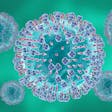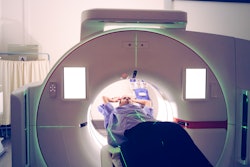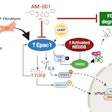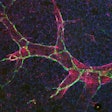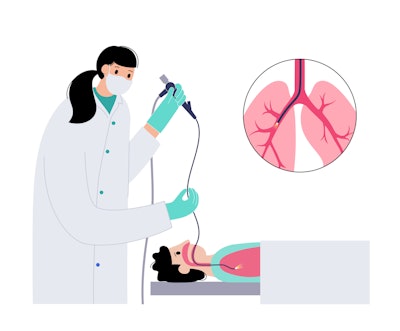
Two complementary studies published in May and June 2025 analyzed outcomes of multiple pulmonary imaging approaches on diagnostic yield and accuracy.
The first study, “Navigational Bronchoscopy or Transthoracic Needle Biopsy for Lung Nodules,” was published in The New England Journal of Medicine. In it, researchers compared the diagnostic accuracy of navigational bronchoscopy and CT-guided transthoracic needle biopsy in patients with lung nodules. They determined the two imaging types produce similar accuracy, but the navigational bronchoscopy procedure caused fewer complications.
“It is now clear that for lung nodules amenable to both procedures, bronchoscopy should be the preferred method, as it compares favorably to CT-guided biopsy from a diagnostic accuracy standpoint, but with much less complications,” said Fabien Maldonado, MD, MSc, in a news article. “Obviously, additional considerations, such as cost-effectiveness studies, will be needed.”
The multicenter, randomized, parallel-group, noninferiority VERITAS trial assessed 234 patients with an intermediate- or high-risk peripheral lung nodule sized between 10 mm to 30 mm. Researchers reported that navigational bronchoscopy was noninferior to CT-guided biopsy, with a margin of 10 percentage points.
The investigative team also observed a clinically significant lower number of patients with procedural complications, including pneumothorax, in the navigational bronchoscopy group vs. the CT-guided group.
Another study, “Robotic versus Electromagnetic Bronchoscopy for Peripheral Pulmonary Lesions: A Randomized Trial (RELIANT),” published in American Journal of Respiratory and Critical Care Medicine, compared the diagnostic yield of robotic-assisted bronchoscopy and electromagnetic navigation bronchoscopy in patients with lung lesions.
In the single center, cluster randomized noninferiority RELIANT trial, researchers examined 411 patients with a peripheral lung lesion (median size, 19 mm). Dr. Maldonado, who is professor of medicine and thoracic surgery, Pierre Massion Director in Lung Cancer Research and director of interventional pulmonology at Vanderbilt University, said he was surprised by the results which showed comparable diagnostic yield between the two procedure types. He noted lesional tissue had to be obtained to achieve diagnostic yield.
“The reported diagnostic yield for robotic bronchoscopy in prior studies, mostly single center and noncomparative, has been in general much higher,” Dr. Maldonado said. “This highlights the importance of comparative effectiveness trials in lung biopsy studies, as noncomparative studies may be affected by a host of confounders (such as operator skills, access to adjunct technology, etc.), yielding results difficult to compare across studies.”
The RELIANT study noted the proportion of patients with procedural complications within one week was slightly lower in those who underwent robotic-assisted bronchoscopy versus electromagnetic navigational bronchoscopy (2.5% vs. 5.8%, respectively).
A follow-up study, RELIANT-2, is already underway to compare the outcomes of electromagnetic navigational bronchoscopy with digital tomosynthesis to robotic bronchoscopy with cone beam CT integration.
“Many more comparative effectiveness studies will be needed to continue to optimize the diagnostic workup of patients with suspicious lung lesions,” Dr. Maldonado said. “Ultimately, better diagnostic tools and approaches will translate in earlier cancer diagnosis and improved patient outcomes.”

